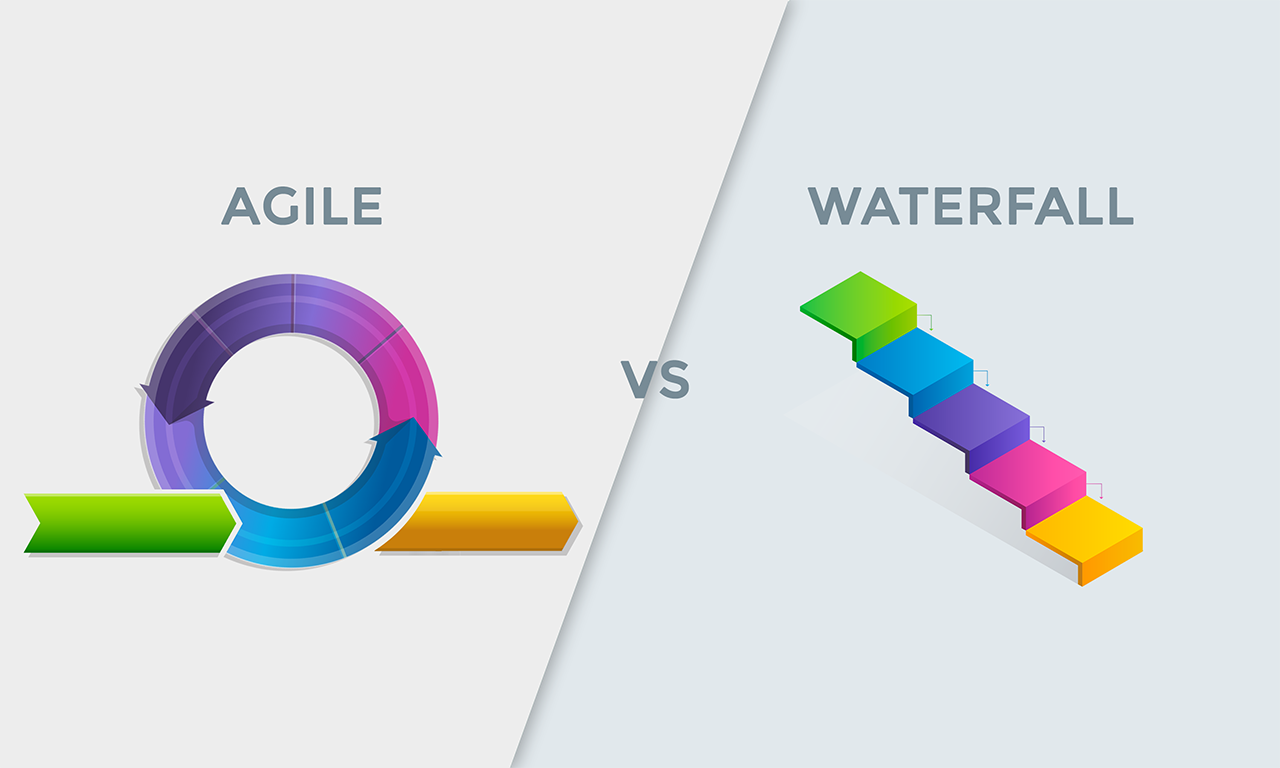Agile testing and Waterfall testing are two methodologies that have become very popular in the realm of software development. Although each strategy has advantages and disadvantages, the decision between the two relies on the particular needs and specifications of a given project. In this piece, we’ll contrast Waterfall testing with Agile testing when it comes to creating websites, web applications, and mobile applications.
Building a website:
The Waterfall testing methodology is frequently used in the creation of websites. This method calls for finishing each stage of the development process before going on to the next. Gathering requirements is the first step in the process, which is then followed by design, programming, testing, and deployment. Sequentially, each phase is done, and only then does the subsequent phase begin.
Agile testing technique, on the other hand, is based on incremental and iterative development. The website development team works on small, gradual updates that are frequently tested and published. The Agile testing method is ideal for creating websites because it enables frequent updates and iterations based on user input.
Waterfall testing is better suited for website development projects with well-defined objectives and a clear scope of work from the perspective of project planning and organization. The Agile testing approach is more appropriate, though, if the requirements are not clearly specified or if there is a need for frequent updates and changes.
The Waterfall testing technique has extensive documentation requirements at each stage of the development process, which can take time. The development team is more concerned with delivering functional software than extensive documentation, so the Agile testing methodology needs less documentation.
The development of websites must include testing, and both Agile testing and Waterfall testing have benefits. For projects with clear, fixed requirements and little space for change, the waterfall testing methodology works well. Agile testing technique, on the other hand, is more adaptable and permits frequent testing and iterations, which is helpful for projects where the requirements are changing.
Develop web applications:
Compared to website development, web application development is more complicated and includes a larger number of stakeholders, such as business analysts, developers, testers, and project managers. Both the Waterfall and Agile testing methods have benefits and drawbacks in this situation.
When there is little room for change and the requirements are clearly specified, the waterfall testing methodology is helpful. Gathering requirements is the first step in the process, which is then followed by design, programming, testing, and deployment. Before moving on to the next phase, each phase is finished, ensuring that the end product satisfies the requirements.
When the requirements are clearly defined and there is little space for change, the waterfall testing methodology is helpful. Gathering requirements comes first, then design, programming, testing, and deployment. Prior to beginning the next phase, each phase is finished, ensuring that the end product satisfies the specifications.
The agile testing methodology is better suitable for web application development projects where there is a need for frequent updates and iterations and where the requirements are not clearly defined. Small, incremental changes are frequently tested and published by the development team, allowing for greater flexibility and quicker product delivery.
In comparison to Agile testing methodology, Waterfall testing methodology necessitates a more thorough and comprehensive project strategy. While Agile testing methodology is better suitable for projects with evolving requirements, Waterfall testing methodology is better suited for web application development projects with fixed requirements.
Both Waterfall testing and Agile testing methods must include documentation. However, based on the methodology, different levels of documentation might be needed. The extensive documentation required by the waterfall testing approach at each stage of the development process can be time-consuming. Contrarily, the Agile testing technique necessitates less documentation, allowing for quicker product delivery.
The creation of web applications must include testing, and both the Agile and Waterfall testing methodologies have benefits. For projects with set requirements where testing can be finished at the conclusion of each phase, the waterfall testing methodology works well. The Agile testing approach, on the other hand, enables frequent testing and iterations, which is advantageous for projects with changing requirements.




0 Comments